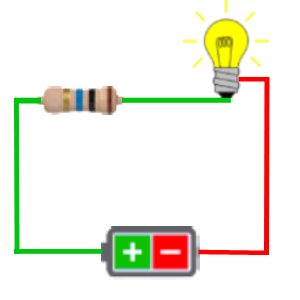how to calculate current in ohm's law
| (I) |
 0
0
0
0
0
0
Current (I) calculator tool introduction?
Hello friends, welcome to our website education tool, with the help of this tool, you can know the current of any circuit. Just you should have some data already known such as voltage (R), and resistance (R) and if you do not have this information then you should find it first. If you have information about Watt ie Power (w) instead of this information, then you can extract the current of any circuit with the help of this tool.
More Tool: Word Counter Plus Online Tool: Accurate and Easy-to-UseWhat are you need to use this tool?
Voltage (V) Current (I)
What is Ohm's law?
Ohm's law is used to determine the relationship between voltage, current, and resistance in an electrical circuit.
V = I x R. V = Volatge I = Current (amp) R = Resistance (Ω)
When stated explicitly, it means that voltage = current x resistance, or volts = amps x ohms, or V = A x Ω.
How is the current value calculated?
To find the total current of the equivalent circuit, just use Ohm's Law in the example. We already have the voltage (3.3V), the total resistance = 300R, therefore the Total current is obtained as: iTotal = V/R = 3.3/216.66 = 0.015231238 A.
More Tool: Free Shopify GDPR Privacy Policy GeneratorWhat about the current in Ohm's Law?
The intensity of current that passes through a circuit is directly proportional to its voltage or tension and inversely proportional to its resistance.
How to calculate the intensity of the current flowing through each resistor?
The intensity of the current in an electrical circuit is equal to the voltage supplied by the battery divided by the resistance existing in the circuit.
What is the total current?
The total current is the sum of the currents through the individual components, according to Kirchhoff's current law.
More Tool: Free Shopify GDPR Privacy Policy Generator